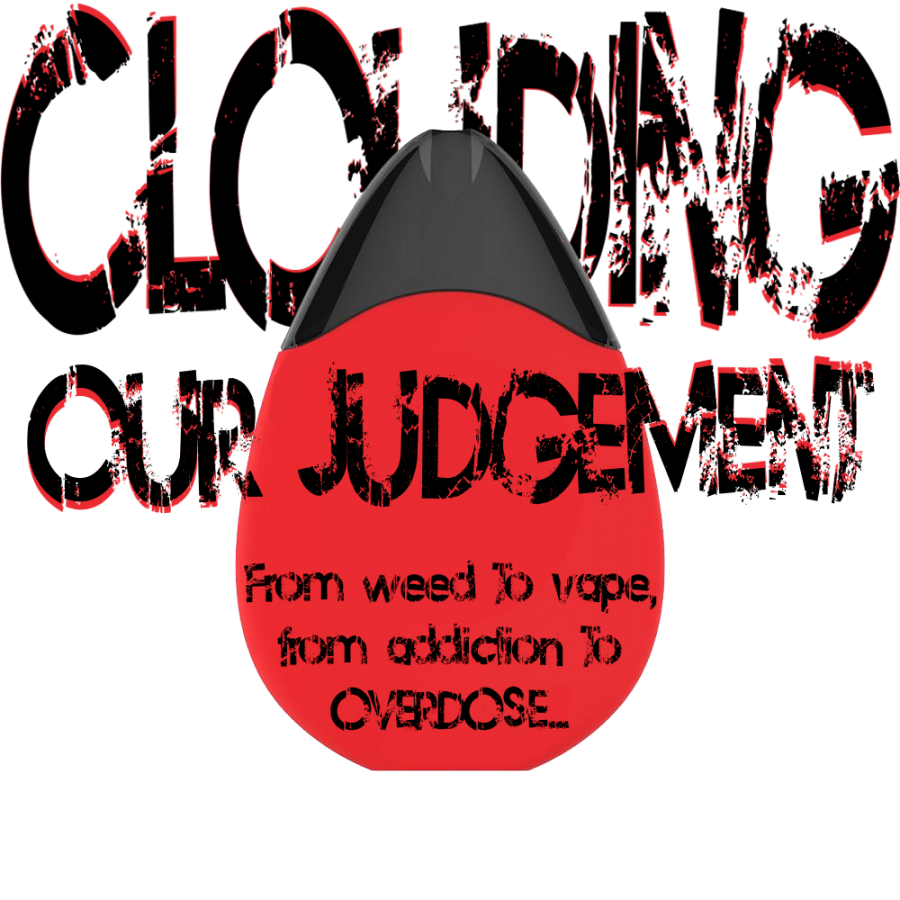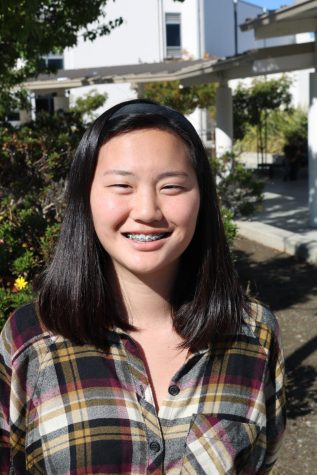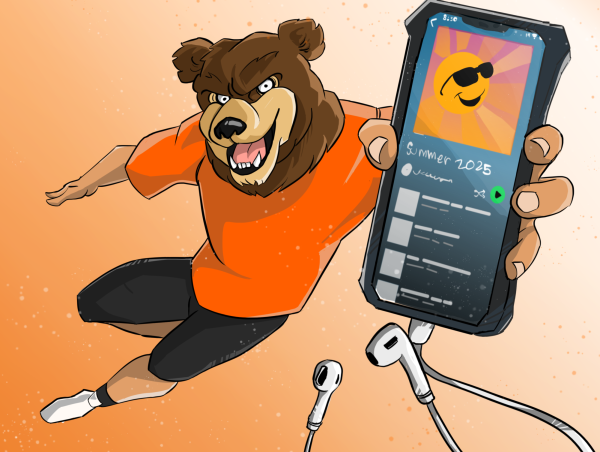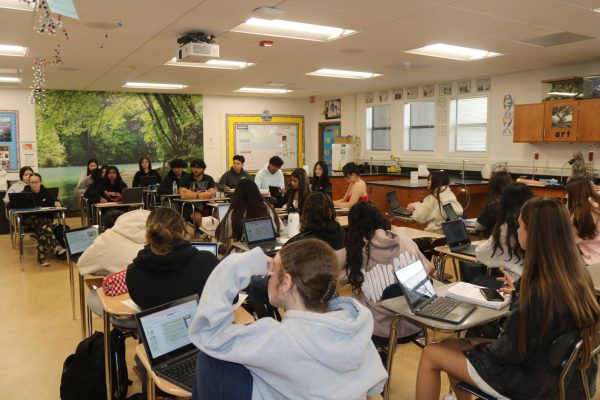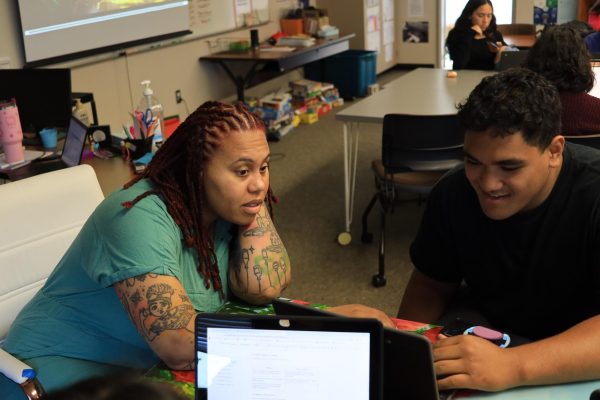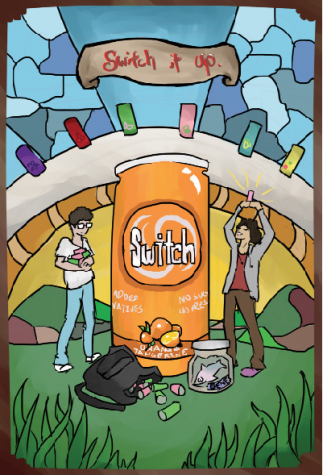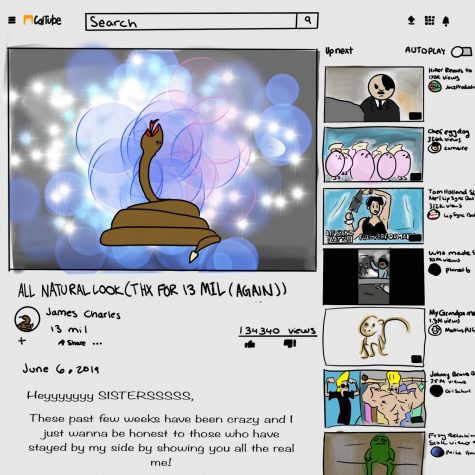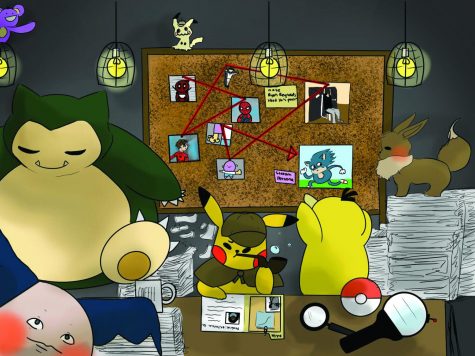Clouding our judgement
From smoking marijuana to snorting cocaine, teenagers have always been known for high drug use.
Despite being just as popular, prescription drug use has not been included in the conversation until recently.
But the fact that they are called “prescription” drugs does not imply that they are safer to use outside of a medical context.
If anything, students are putting themselves more at risk through their unsound methods of acquiring prescription drugs.
“When they come in, they’re going to fall into one of two categories: either they’re teenagers with intentional or drug-seeking behavior because of recreational or self-injurious behavior, or they’re kids who got into their parents’ medication,” Dr. Jason Kane, an associate professor of pediatrics and critical care at Comer Children’s Hospital in Chicago, said in a CNN interview.
According to U.S. Drug Enforcement Administration, the use of prescription drugs is more common than the use of cocaine, heroin, and methamphetamine.
In fact, Adderall misuse rose 67 percent, and ER visits related to prescription drugs jumped 156 percent, with family and friends serving as the primary source of these drugs, John Hopkins Bloomberg School of Public Health found during a six-year study from 2006-2011.
Cal Hight’s school resource officer Abbas Husain said real, prescribed drugs already come with a black box warning, an incredibly long list of potential side effects and hazards.
According to the National Institute on Drug Abuse for Teens, some of these side effects include labored breathing, seizures, increased paranoia, increased heart rate and high temperature, slurred speech, or lack of coordination.
Tests have to be conducted to ensure that the drug will not have any harmful interactions with other drugs the patient may be taking. But most student users don’t visit a doctor first to see how prescription drugs will affect them.
“I have dealt with people who have taken one relatively benign form of a drug, and it fried their brain-completely, altering it permanently,” Husain said.
Due to the already extensive list of possible side effects, using prescription drugs from the streets, as many high school students do, only increaes their lethality. Students have no knowledge of whether illegal prescription drugs they are taking will interact with any other drugs they may be using.
A junior boy, who wished to remain anonymous, said that when people buy drugs from their dealers, they don’t know if it is a bad batch. A bad batch refers to a pill that has been laced with another street drug, such as fentanyl, that could potentially harm them.
The junior went on to say that users often believe that although they are aware of potential risks of taking prescription drugs, they have more of a “it won’t happen to me” mentality.But this mindset does not protect them.
This was the case with two Livermore high school students, Oceana Muth and Justin Miles, who died in October.
Fox KTVU News reported that Muth, a 16-year-old junior at Del Valle Continuation High School, and Miles, an 18-year-old, both overdosed on what is believed to be prescription drugs.
ABC 7 News reported that the two overdoses are suspected to have been a result of the usage of fentanyl or another highly addictive painkiller.
Prescription drug overdose also has affected Cal.
On Dec,. 18, 2009, Cal alumnus Joey Rovero passed away after an accidental prescription drug overdose. Rovero, who was a student at University of Arizona at the time, died at the young age of 21 after taking a pill of Xanax, and a pill and a half of the painkiller Oxycodone, while drinking.
“No individual or family is immune from overdose if they take these medications and especially if they are mixed with each other or with alcohol,” said Rovero’s mother, April Rovero. “Even though others may experiment with medication and show no effects, you don’t know how they will affect you.”
For the past eight years, Rovero has presented at school assemblies and in health classes about the dangers of prescription drugs. She spoke to health teacher Randy Cahn’s class earlier this week.
These presentations are valuable, as some students believe there are Cal students who abuse prescription drugs.
“We’re known as a drug school, which is kind of a weird thing to be known for,” junior Kasey Nye said. “Dublin has spirit and we have drug problems.”
Nye is not the only student who has noticed abuse of drugs on campus.
“[The environment at Cal] encourages drugs a lot more than my old school did,” said junior Rohan Jayaram, who recently moved to San Ramon from Ohio.
As a result of the perceived drug culture on campus, students have become apathetic toward the dangers of using drugs.
“It’s like a mob mentality,” Nye said. “Since more people are doing it, you feel safer.”
Students believe there are other reasons for using prescription drugs.
“Depression, anxiety, and stress affects many students, especially those applying to college, and as such, students may use drugs to help with that struggle or to distance themselves from their problems,” an anonymous senior boy said. “Prescription drug abuse will be an ongoing issue.”
This student’s pessimistic perspective spurs a new thought: What if the real problem actually has to do with how school administrators and adults in general respond to drug usage and teenage addiction?
Some students believe that instead of trying to help students, administrators focuses more on punishing them.
But the prioritization of students’ well-being and how to effectively help them instead of just punishing them aligns with the beliefs of Principal Chris George.
“We want to work with you guys based off real information, not fear,” George said. “We want to be having honest conversations with kids, that are not judgemental. We need to be having [these] conversations [so that] kids cand honestly tell us what’s happening in their lives without fear of reprisals.”
Other administrators agree that although asking for help originally seems hard, or even embarrassing, it is important to remember there are people at school who want to help.
“You’re playing with something that could end your life,” former assistant principal Bob Spain said. “We have so many resources here like staff and counselors. Please come to us. We can help you.”
Staff writer Ananya Nag contributed to this story.
